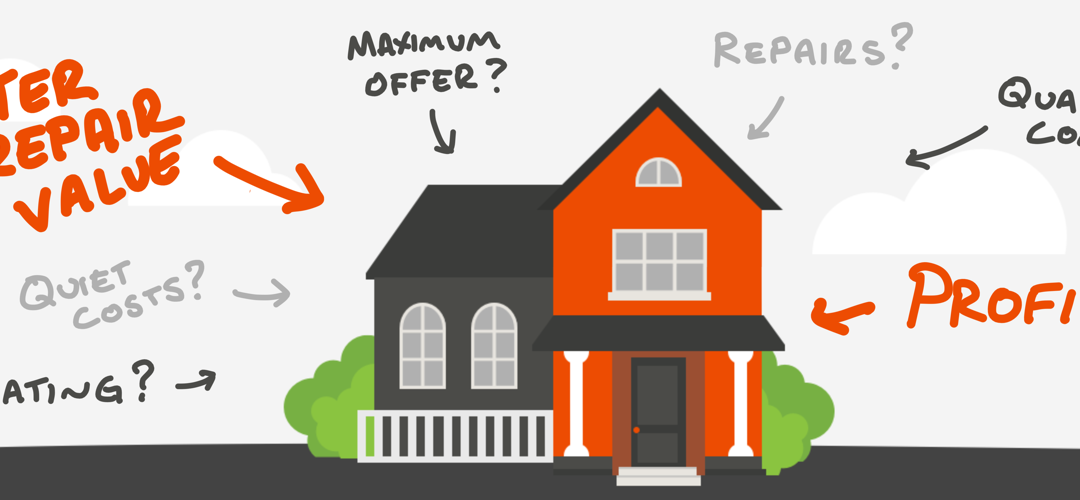The enticement of transforming properties through fix-and-flip real estate ventures has garnered significant attention within the investment community. This strategy, which involves purchasing underpriced homes, renovating them, and selling them at a higher price, promises considerable returns. But what captures the essence and allure of such investments?
This blog post delves into the captivating world of fix-and-flip real estate, shedding light on its potential rewards and inherent challenges. Whether you’re a seasoned investor or a curious newcomer, understanding the nuances of this investment approach is key to navigating its waters successfully.
Introduction to Fix-and-Flip Real Estate
The premise of fix-and-flip real estate is straightforward yet enticing. Investors seek out properties that, due to various factors such as neglect or foreclosures, are undervalued by the market. With a keen eye for potential, these properties are then purchased, renovated, and sold for profit, all within a relatively short timeframe.
This investment strategy not only revitalizes communities by improving housing but also offers the thrill of transforming a once dilapidated house into a sought-after home. However, the process demands a blend of market knowledge, renovation expertise, and the ability to make calculated decisions under pressure.
One of the key attractions of fix-and-flip ventures is their potential for quick returns compared to traditional long-term rentals. This immediacy of profit realization is appealing to many investors, particularly those looking for faster capital turnover.
Yet, the flip side involves navigating the risks of unexpected renovation costs, market fluctuations, and the challenge of timely selling the property at a desired price point. These aspects necessitate thorough research and risk assessment before diving into a project.
Understanding the Market
Successful fix-and-flip real estate investors possess an in-depth understanding of the real estate market. Identifying the right property in the right location at the right price is a critical skill that can significantly impact the profitability of a project.
Research into local market trends, property values, and future development plans provides invaluable insights that guide investment decisions. This knowledge helps in predicting the potential demand and resale value of renovated properties.
Moreover, building a network with real estate agents, contractors, and other investors can provide a competitive edge, offering access to off-market deals and valuable expertise.
Financing and Budgeting
Effective financing strategies are cornerstone to the success of fix-and-flip ventures. Many investors utilize a combination of personal savings, loans, and other financing options to fund their projects. Understanding the different financing avenues, their costs, and benefits is crucial.
Budgeting accurately for both the purchase and renovation of a property is another vital skill. It encompasses foreseeing renovation needs, allocating funds wisely, and preparing for unforeseen expenses. A well-planned budget helps in maintaining profitability and ensures the project stays on track.
It’s also important to factor in the holding and selling costs, including taxes, insurance, and real estate agent commissions, which can eat into the final profit.
Renovation and Value Addition
Strategic renovations that enhance the property’s value are at the heart of flipping. Knowing which renovations will yield the highest return on investment is crucial. It’s often the cosmetic improvements, rather than extensive structural changes, that significantly increase a property’s market appeal and value.
Working with reliable contractors who understand your vision and budget is essential for timely and cost-effective renovations. Additionally, paying attention to design trends can help in making the property more attractive to potential buyers.
However, it’s critical to avoid over-improving the property beyond the standards of the neighborhood, as this can make the home difficult to sell at a profitable price.
The Selling Process
Once renovations are complete, the final step in the fix-and-flip process is selling the property. Setting the right price, staging the home to highlight its best features, and employing effective marketing strategies are all critical to attracting buyers quickly.
Working with an experienced real estate agent who specializes in selling renovated homes can provide valuable guidance and increase the likelihood of a swift and profitable sale.
Patience and flexibility may also be required, as market conditions can impact how quickly a property sells and for how much. Being prepared to adjust strategies, whether in pricing or marketing efforts, can make a difference in achieving successful outcomes.
The allure of fix-and-flip real estate lies in the tangible process of transforming a house, the excitement of the fast-paced investment cycle, and the potential for lucrative returns. While it requires a solid understanding of the market, meticulous planning, and resilience to challenges, the rewards can be substantial. For those willing to invest the time, capital, and effort, fix-and-flip projects can be a rewarding avenue for real estate investment.






